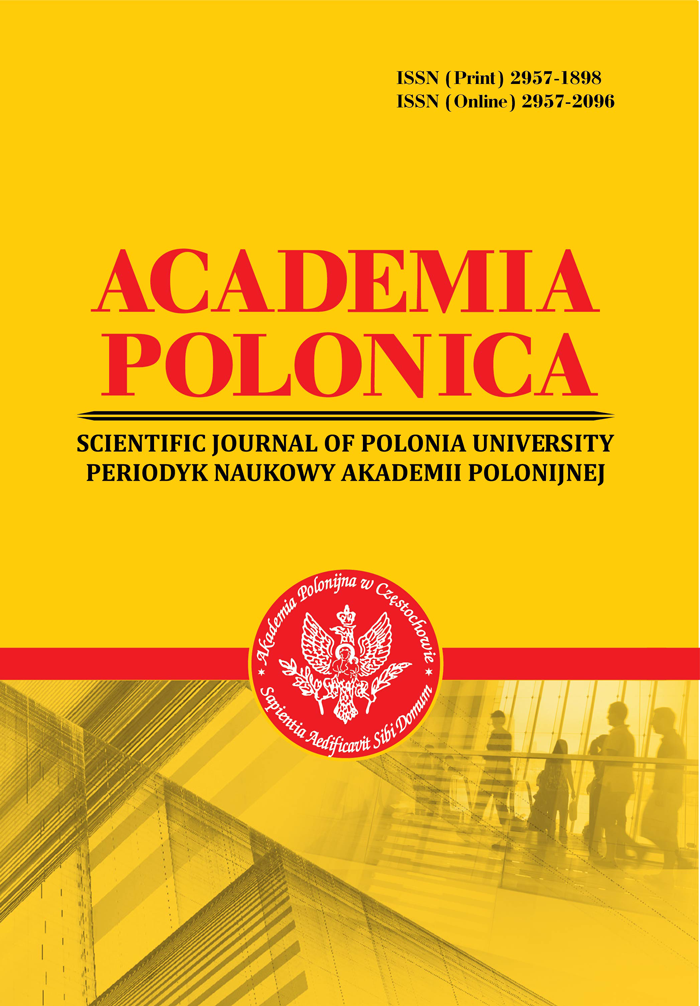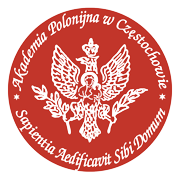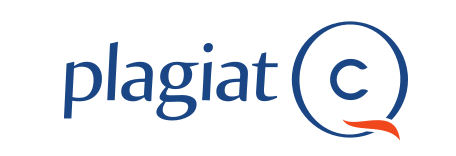NAIVE ART AS A MEANS OF EMOTIONAL EXPRESSION IN CONTEMPORARY VISUAL DESIGN
Abstract
The aim of the article is to prove the hypothesis that the use of naive art in visual design enhances the emotional impact on the audience and creates more effective communicative messages due to its immediacy and associative depth. The article examines naive art from the perspective of its figurative and emotional expressiveness. It considers ways to adapt naive art in graphic design, advertising, and illustration. The research methodology is based on a comprehensive analysis of theoretical sources in art history, design, and visual communications, structural-semiotic analysis of the artistic features of naive art, as well as a comparative study of the principles of its adaptation in graphic design. The study found that naive art, with its simplified forms, bright colors, and intuitive composition, creates a powerful emotional impact on the viewer. Its immediacy and lack of academic canons allow it to reflect deep archetypes of human perception, making it an effective means of visual communication. For the first time, a comprehensive study of the emotional expressiveness of naive art as an element of contemporary visual design has been conducted, including an analysis of its impact on various forms of visual communication, such as graphic design, advertising, illustration. The results obtained have practical significance for designers, advertising agencies, illustrators, and digital media specialists, as they provide an opportunity to integrate the principles of naive art into the development of visual concepts that meet the needs of the modern audience. This will allow you to design emotionally charged and understandable communication products for marketing campaigns, advertising materials, and other types of visual communication.
References
2. Bohacheva, Yu. (2018). Naivne mystetstvo yak manifestatsiia sakralnoho v suchasnii kulturi [Naive art as a manifestation of the sacred in modern culture]. Doksa, 2 (30), 141-148. Retrieved from: http://doksa.onu.edu.ua/issue/view/8867/4116 [in Ukrainian].
3. Hall, S. (2007). This Means This, This Means That: A User’s Guide to Semiotics. Laurence King Publishing [in English].
4. Hrushovenko, O. (2022). Problema pryiniattia avtentychnosti robit dushevnokhvorykh. Art briut–mystetstvo autsaideriv [The problem of accepting the authenticity of the works of the mentally ill. Art Brut – the art of outsiders]. POLIT. Challenges of science today, 5-7 April 2022. Retrieved from: chrome-extension://efaidnbmnnnibpcajpcglclefindmkaj/https://er.nau.edu.ua/server/api/core/bitstreams/b6d79837-94ae-41bf-8d8d-517d72bda9fb/content[in Ukrainian].
5. Lebedieva, K. (2021). Naiv i narodne mystetstvo [Naive and folk art] Retrieved from: https://honchar.org.ua/blog/nayiv-i-narodne-mystetstvo-i187 [in Ukrainian].
6. Marunia, A. V. (2017). Aktualnist naivnoho mystetstva v kulturnykh transformatsiiakh sohodennia [The relevance of naive art in today's cultural transformations]. Materialy XX Vseukrainskoi naukovo-praktychnoi konferentsii studentiv ta aspirantiv «Dni Nauky» (20-21.4. 2017. Kyiv). Ais Prynt. [in Ukrainian].
7. Mitchell, W. J. T. (2005). What Do Pictures Want? University of Chicago Press [in English].
8. Naivne mystetstvo [Naive art]. Entsyklopediia suchasnoi Ukrainy. Retrieved from: https://esu.com.ua/article-71339 [in Ukrainian].
9. Our Let’s Play for Change campaign. Retrieved from: https://www.ikea.com/ch/en/this-is-ikea/community-engagement/lets-play-pubeab7e841/ [in English].
10. Selivachov, M. (2022). «Naivne mystetstvo»: stanovlennia poniattia, riznovydy ta rizni nazvy yavyshcha [«Naive art»: the formation of the concept, varieties and different names of the phenomenon]. Narodoznavchi zoshyty. 3 (165), 2022. 525-535. Retrieved from: chrome-extension://efaidnbmnnnibpcajpcglclefindmkaj/https://nz.lviv.ua/archiv/2022-3/3.pdf [in Ukrainian].
11. Skliarenko, H. (2013). Tvorchist Kateryny Bilokur v konteksti radianskoho mystetstva [The work of Kateryna Bilokur in the context of Soviet art]. Aktualni problemy mystetskoi praktyky i mystetstvoznavchoi nauky, (5), 111-117 [in Ukrainian].
12. Stark, S. (2025). 10 holovnykh trendiv hrafichnoho dyzainu na 2025 rik [10 Top Graphic Design Trends for 2025]. Retrieved from: https://inweb.ua/blog/ua/10-golovnyh-trediv-grafichnogo-dyzajnu-na-2025-rik/ [in Ukrainian].
13. Suprun, A. (2017). Prymityvizm u svitovomu i ukrainskotsu mystetstvi [Primitivism in world and ukrainian art.]. Zbirnyk naukovykh prats studentiv, aspirantiv i molodykh vchenykh «MOLODA NAUKA-2017», Zaporizhzhia. 30-31 [in Ukrainian].
14. Udris-Borodavko, N. (2024). Dzherela identychnosti: ukrainskyi naiv u suchasnomu hrafichnomu ta mizhvydovomu dyzaini [Sources of Identity: Ukrainian Naive in Contemporary Graphic and Interspecies Design]. Demiurh: idei, tekhnolohii, perspektyvy dyzainu, 7(2), 263–288. Retrieved from: https://doi.org/10.31866/2617-7951.7.2.2024.315460 [in Ukrainian].
15. Ware, C. (2020). Information Visualization: Perception for Design. Retrieved from: https://www.researchgate.net/publication/224285723_Information_Visualization_Perception_for_Design_Second_Edition [in English].
16. 10 naikrashchykh knyzhok-kartynok zi spysku dPICTUS z «malykh rynkiv» [Top 10 Picture Books from the dPICTUS List of «Small Markets»]. Retrieved from: https://chytomo.com/10-najkrashchykh-knyzhok-kartynok-za-versiieiu-platformy-dpictus/ [in Ukrainian].
Abstract views: 309 PDF Downloads: 113







